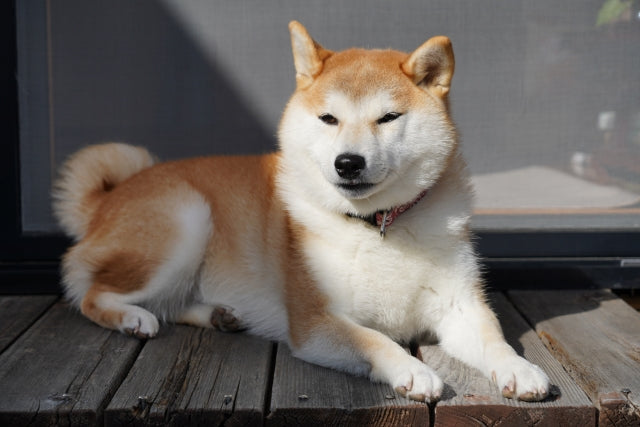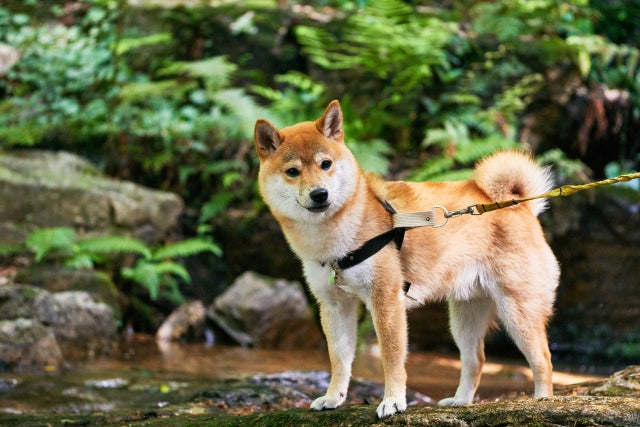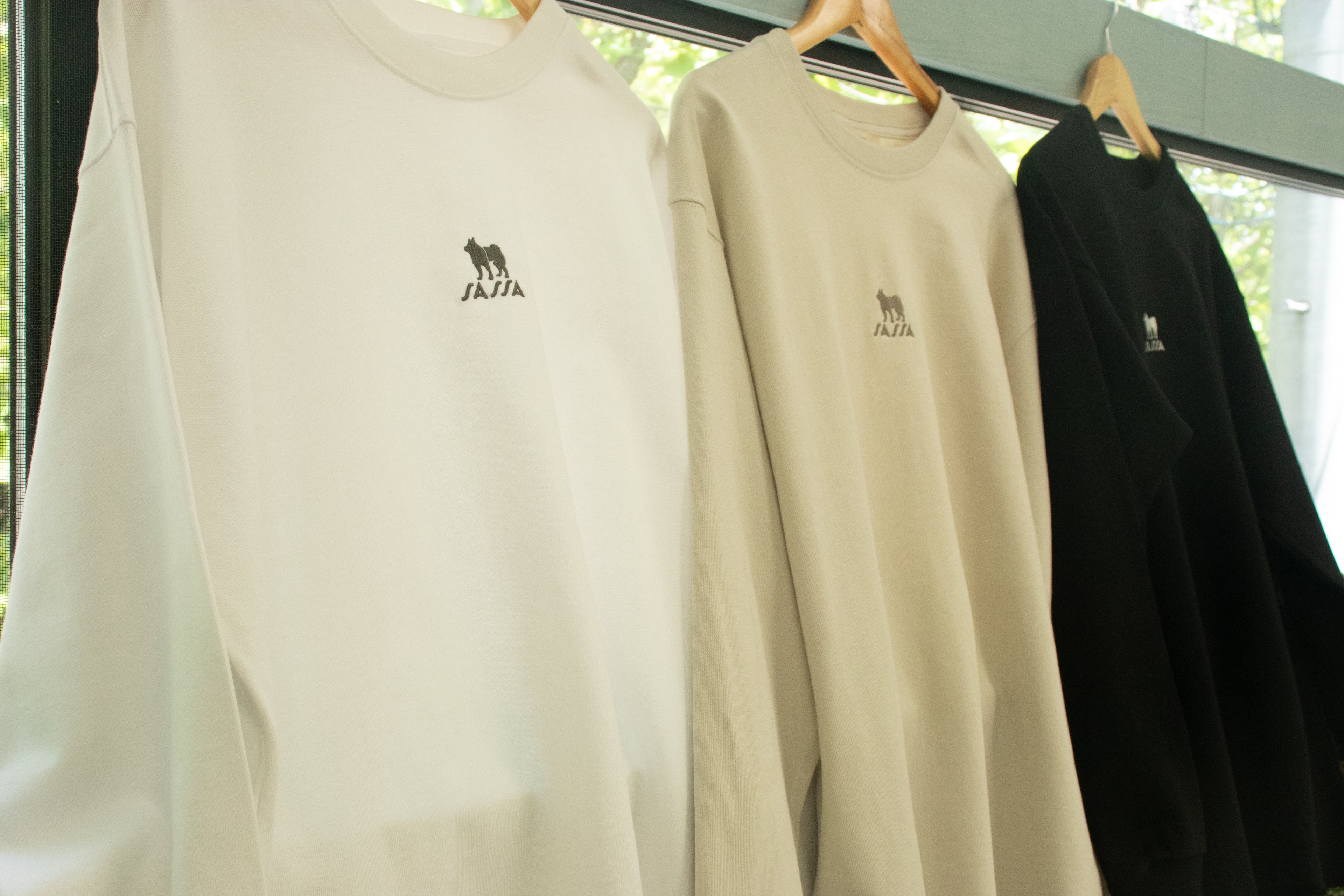
Is the Shiba Inu an ancient dog? We will thoroughly explain the history of the Shiba Inu.
Share
Shiba Inu dogs are popular in Japan as they are petite and obedient to their owners. This dog breed is popular overseas because of its appearance, which is different from Western dogs, and its obedient nature. Shiba Inu dogs are very popular both in Japan and abroad. Did you know that the Shiba Inu actually has a very old history? In this article, we will thoroughly explain the history of the Shiba Inu .
Roots of the Shiba Inu
According to dog breed groupings used by the Japan Kennel Club ( JKC ) and the International Domestic Dog Association ( FCI ), the Shiba Inu is classified as a ``primitive dog'' along with the Japanese Spitz and Pomeranian. Dogs called Japanese dogs, including the Shiba Inu, also belong to the same group.
The Shiba Inu has a long history and is said to have come from the south before the Jomon period. After that, the Shiba Inu lived with the Japanese people, and since the Jomon period, they mainly lived in mountainous areas and were used for hunting small animals.
It is also said that the current Shiba Inu has its roots in a dog called the "Jomon Inu". Evidence that they lived together with the people of the Jomon period has been excavated from Jomon ruins. The "Jomon dog" still exists in Japan. Comparing the Shiba Inu and the Jomon Inu, the skeleton and body structure are different from the Shiba Inu. Jomon dogs are larger, with long limbs and bodies. They also had sharp teeth for hunting. There are approximately 300 Jomon dogs in existence. This is a very rare and valuable dog breed.
Designated as a natural monument of Japan
Did you know that the Shiba Inu was once on the brink of extinction? Its history dates back to the Meiji period. After the Meiji Restoration, Western dogs began to be brought into Japan from overseas. The number of purebred Shiba Inu breeds has decreased dramatically due to the increasing cross-breeding of Shiba Inu dogs with exotic dogs. It was also greatly affected by World War II. The number of Shiba Inu dogs has decreased dramatically due to food shortages and the spread of infectious diseases such as canine distemper.
Then, in the Showa era, a movement to protect the purebred Shiba Inu began. The Japanese Dog Preservation Society was established to protect Japanese dogs, and in 1936 (Showa 11 ), the Shiba Inu was designated as a natural monument of Japan. The oldest Shiba Inu registered by the Japanese Dog Preservation Society is the Sekishu Inu dog called ``Ishigo.'' Originally, Shiba Inu breeds were divided by region, so there was a time when they were called by regional names. "Ishigo" is named after Sekishu (Masuda City, Shimane Prefecture). ``Ishigo'' is a dog that greatly contributed to the development of the Shiba Inu breed that is now bred in many households. If you trace the family tree, you will definitely arrive at the ``stone name.''
Source: Japanese Dog Preservation Society
https://www.nihonken-hozonkai.or.jp/history/
In addition, Akita, Kai, Kishu, Shikoku, and Hokkaido dogs are also registered in Japanese dog preservation. Of the six types of Japanese dogs called Japanese dogs, Shiba Inu dogs are by far the most commonly bred.
|
dog breed name |
Number of JKC registered horses |
|
Akita Inu |
519 heads |
|
Kaiken |
91 heads |
|
Kishu dog |
9 heads |
|
Shiba Inu |
9,958 animals |
|
Shikoku dog |
41 heads |
|
Hokkaido dog (Hokkaido dog) |
35 heads |
Source: Japan Kennel Club, General Incorporated Association
https://www.jkc.or.jp/archives/enrollment/17396
Origin of the Shiba Inu name

The six types of dogs in the Japanese dog group, including the Shiba Inu, have the names of their respective regions, such as ``Akita Inu'' and ``Kai Inu''. On the other hand, the Shiba Inu is the only dog that does not have a local name.
So why is it called "Shiba Inu"? In conclusion, we don't know the exact reason. There are various theories, but the following three theories are said to be the most powerful.
- Because they were hunting birds and small animals while passing through thickets of bushes.
- Because the color of the coat was red like a withered bush.
- It is taken from the ancient word ``shiba'', which means ``small thing.''
There are various other theories, but the exact reason is still unknown.
Characteristics of the current Shiba Inu

The Shiba Inu has lived with the Japanese people since ancient times and has been loved for many years. According to the number of registered dogs by breed from January to December 2021 by the Japan Kennel Club ( JKC ), the number of registered Shiba Inu dogs is 9,958 , or about 10,000. It is so popular that it ranks among the top registered dog breeds compared to other dog breeds.
Source: Japan Kennel Club, General Incorporated Association
https://www.jkc.or.jp/archives/enrollment/17396
Below is a summary of the current Shiba Inu's basic characteristics and points on how to care for it.
|
height |
35-41cm _ |
|
body weight |
7 to 14 kg |
|
size |
small dog |
|
coat color |
red, white, black, sesame |
|
personality |
・Strong vigilance - Affectionate towards owners and family ·Patient |
Its body characteristics include round eyes, erect ears, and a curled tail. His body is strong and sturdy, probably because he used to hunt. In particular, the neck and limbs look thick and muscular. It also has excellent stamina, so it requires a lot of exercise.
In addition, they are obedient to their owners and are intelligent, so basic training is easy. If you socialize and train your dog from an early age, it will become a good companion.
summary
The Shiba Inu was once on the brink of extinction and later designated as a natural monument. It has gone through a variety of history and is now loved by many people. The Shiba Inu breed has a deep history and was born and raised in Japan. Its charm will continue to be a source of healing for many people.

